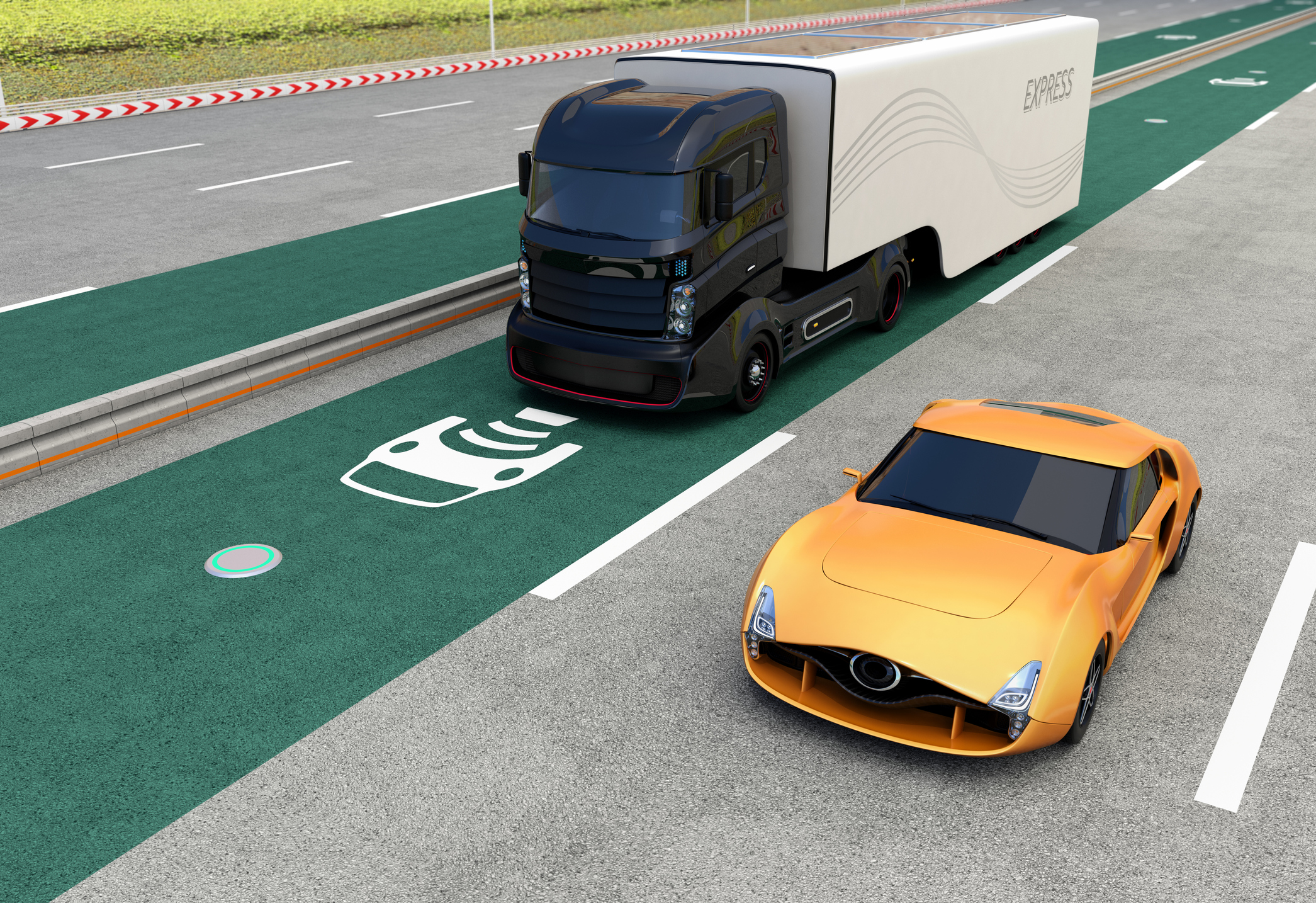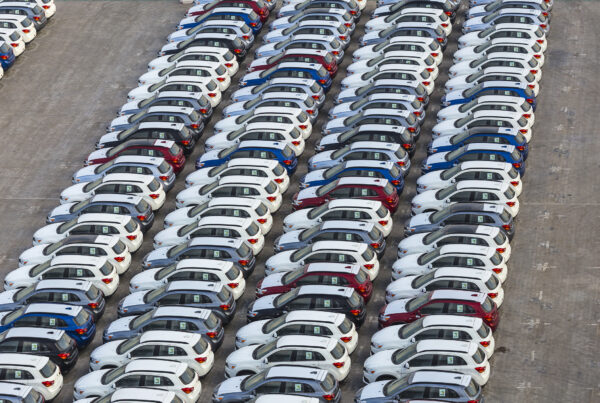Australia is set to explore advanced wireless charging infrastructure to electrify heavy-duty vehicles.
Swinburne University will be spearheading the project to integrate embedded dynamic wireless charging technology (DWCT) into roads. This will enable trucks and buses to charge wirelessly as they drive on highways.
A total of $3 million in funding will come from the Cooperative Research Centres Projects (CRC-P) Grants.
In a press release, Swinburne University said that the project addresses the critical challenge of ensuring sufficient charge for long distances and with heavy loads.
Furthermore, the project is expected to provide substantial cost savings of about $324 billion by 2050. This is all while contributing to a greener, safer, and more efficient transport sector.
Collaborative Efforts to Transform Transport
Professor Mehdi Seyedmahmoudian, the leader of the project and head of the New Energy Technology Research Group at Swinburne, expressed enthusiasm about the transformative potential of embedded wireless charging systems.
“By seamlessly integrating dynamic wireless charging systems into our road infrastructure, we are setting the stage for a transformation in the heavy vehicle industry,” he said.
“This collaborative effort is a perfect example of our shared vision for a sustainable transportation ecosystem that can significantly reduce our environmental footprint,” he added.
The project involves key industry players, including ACE Infrastructure, SEA Electric, Fleet Plant Hire, Royal Melbourne Institute of Technology, Siemens, ARRB Group, and Net Zero Stack.
Working alongside this group are Chief Investigators Distinguished Professor in Electrical Renewable Energy Saad Mekhilef, and Dean of School of Science, Computing and Engineering Technologies Professor Alex Stojcevski.
“We are thrilled to be providing a platform for researchers to collaborate with leading industry partners and contribute to real-world solutions in the development of sustainable and innovative energy solutions for the future of transportation,” said Professor Stojcevski.
Did you find this article interesting? Click the ‘heart’ button above to give it a ‘like’!


















